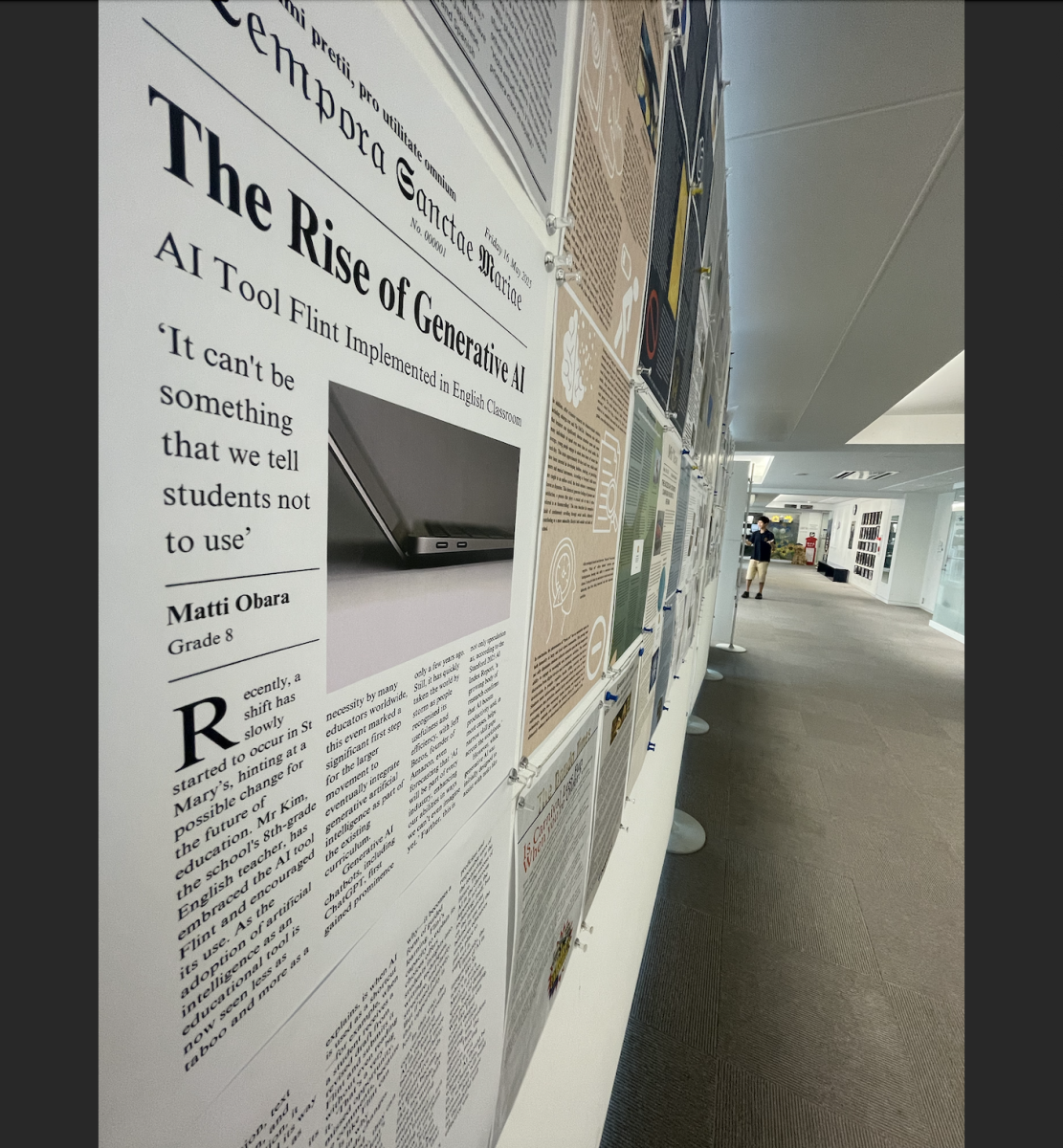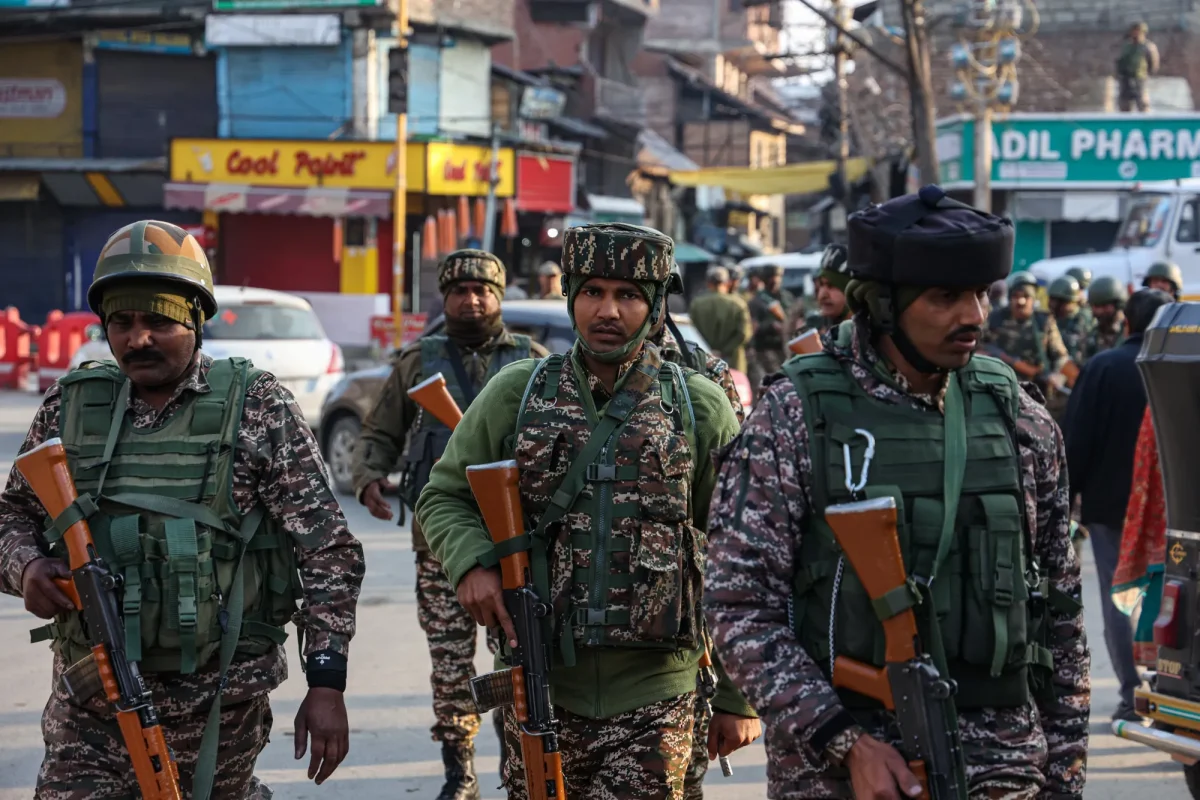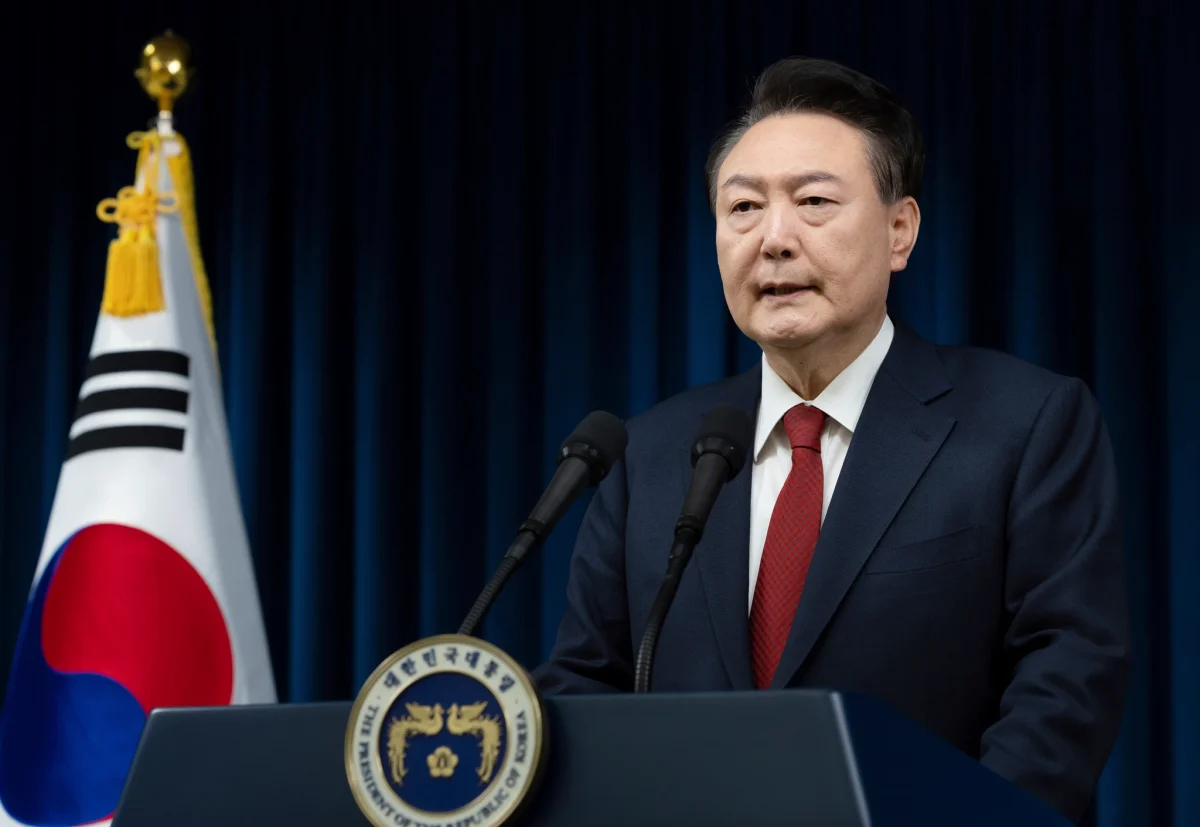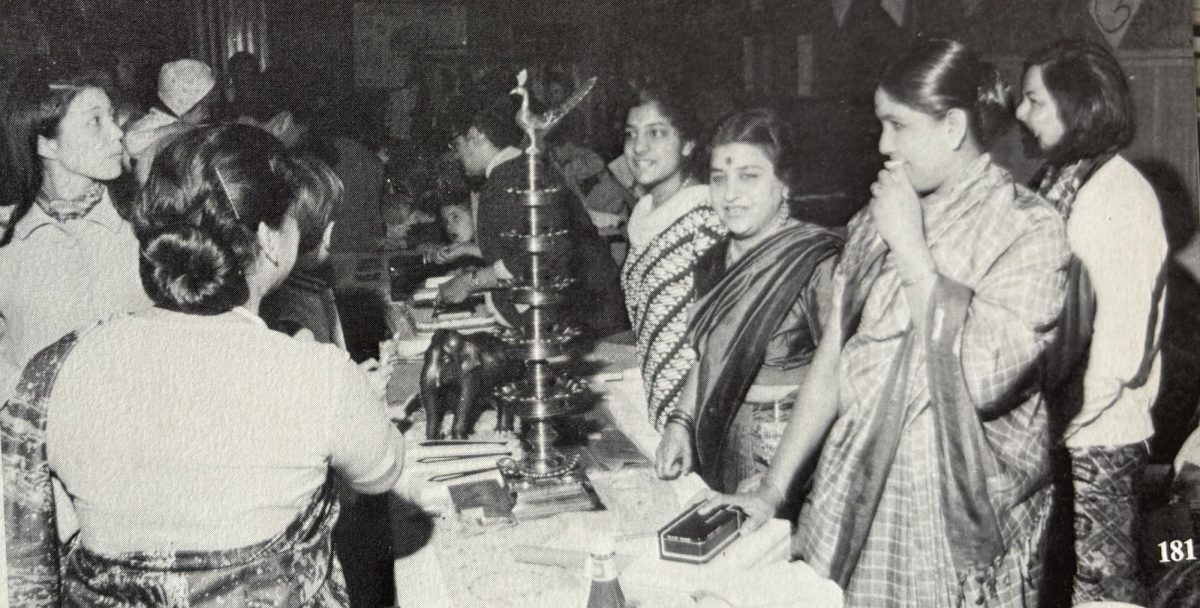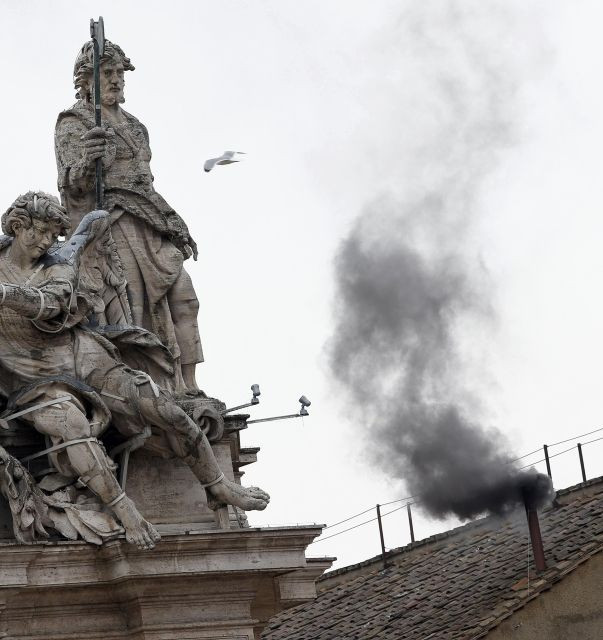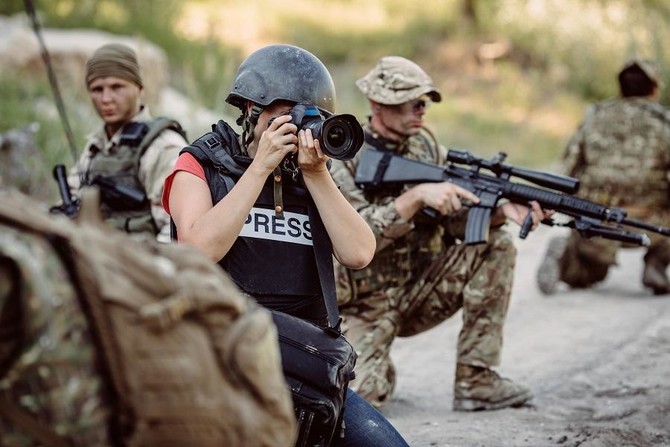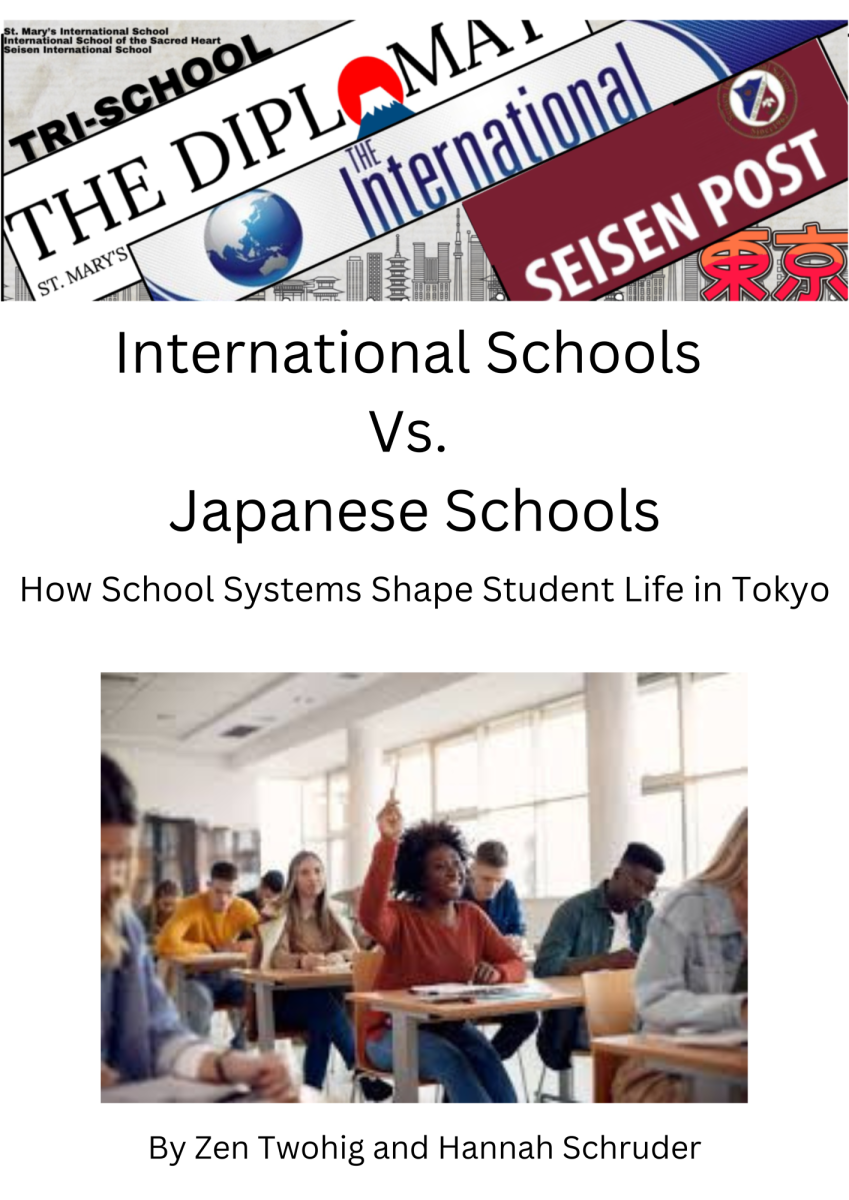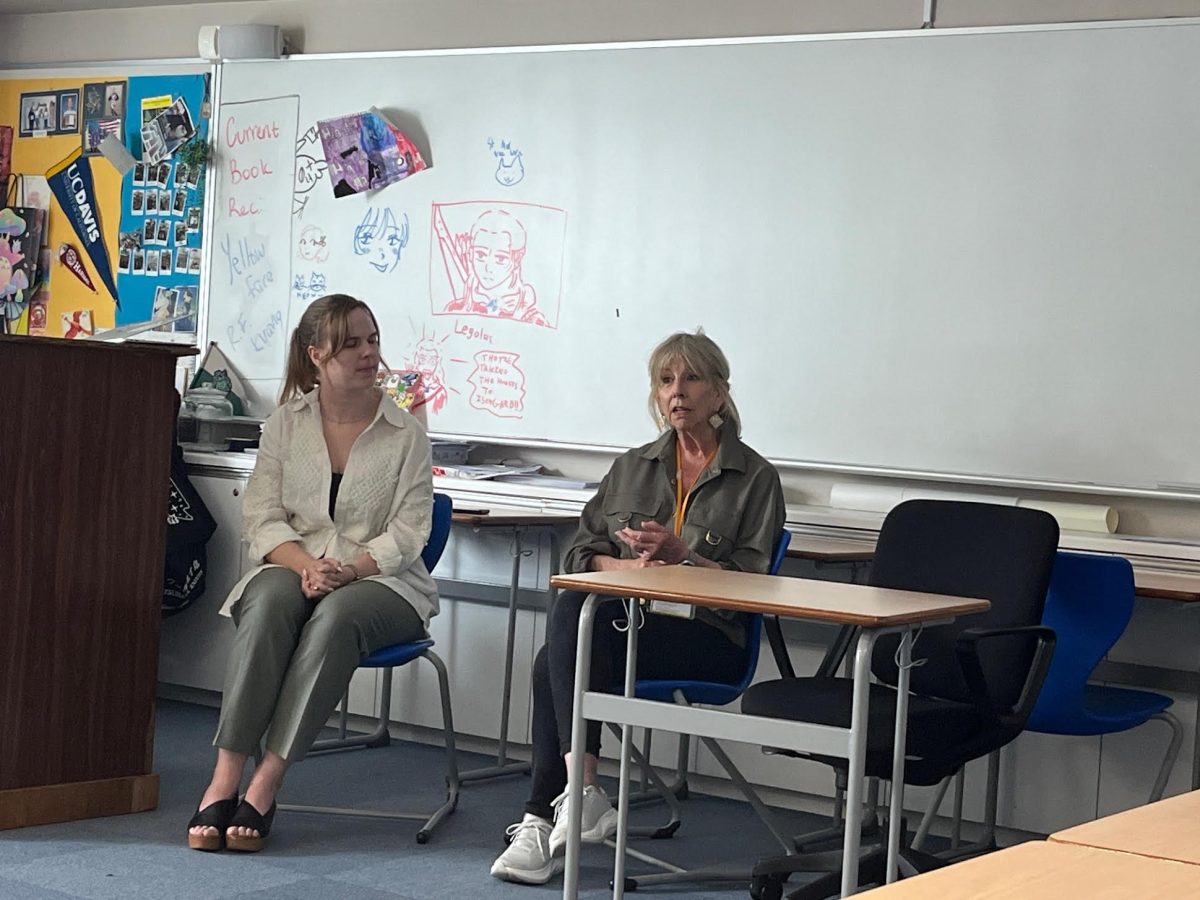In a year marked by significant news stories, from Donald Trump winning re-election in the U.S. to unprecedented climate protests to the death of Pope Francis, nothing could match the immediate danger and aftershock of the 2025 military conflict between India and Pakistan. Although it was short-lived as it was destructive the war pushed two nuclear powers on the brink of disaster, froze international diplomacy for days, and demonstrated just how quickly decades of tension can come into play.
It began on April 22, 2025, when a terrorist attack in Pahalgam, Kashmir left 26 civilians dead, tourists and Hindu pilgrims were amongst many of them. Following the attack, India blamed Pakistan militant organizations namely Jaish-e-Mohammed and Lashkar-e-Taiba. Two groups that have been operating mostly unchallenged across the international border for years. Pakistan denied any wrong doing of course for any responsibility for the terrorist attack but India believed it had no choice but to respond.
On May 7, 2025, India commenced Operation Sindoor, conducting strikes against terrorist infrastructure using missiles and air-based weapons deep inside Pakistani territory Kashmir. The attack by India was the most aggressive since the Balakot airstrike in 2019, but Pakistan’s response was quick. Within 48 hours, Pakistan launched Operation Bunyan-un-Marsoos, a retaliation campaign that included drone strikes and precision bombing attacks on Indian air bases near the border.
For the week, the world paused. Two nuclear nations with histories of war were engaging in direct fire. The civilian and military death tolls have increased massively. Borders were being crossed as thousands were displaced. Skyways in South Asia had been altered or cancelled. Financial markets were on the brink of collapsing. What had begun as a localized gang had grown into a global emergency.
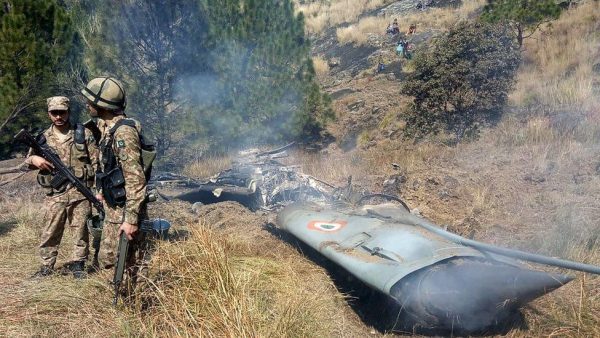
The United States, China, Saudi Arabia, and the European Union tried to intervene. The fear of escalation was not hypothetical; it was real. By May 10 both sides, under significant international pressure, agreed to a ceasefire. But the political war had not finished.
India suspended the Indus Waters Treaty and threatened Pakistan’s access to critical rivers. Diplomatic relations were stopped. crooss boarder trade had stopped. And in both countries, nationalists pushed for more extreme responses and with it, the conditions for future conflict were planted.
So why was this the most significant global event of the 2024–2025 school year?
Because it was not simply a regional conflict; it was a moment when the entire globe was on edge. It demonstrated how swiftly peace can turn to war, how fragile international diplomacy is and how profoundly the conflict in one area impacts lives everywhere. Millions of people with connections to India and Pakistan in cities across the globe from London to Kuala Lumpur,Dubai to even Tokyo in St. Mary’s where a huge part of our community are from India or Pakistan.
In international schools and communities where South Asian students and families live side by side Indian and Pakistani Hindus and Muslim this war it wasn’t just news. It was personal. In a globalized world, no war is ever truly far away.




